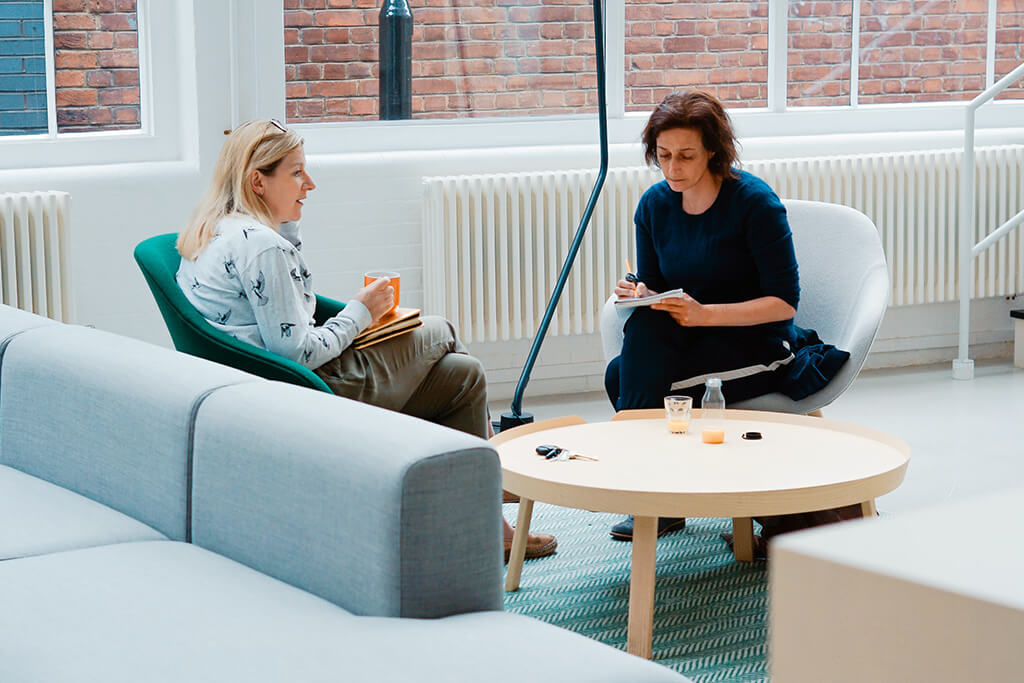Insights
What now for the office — business as usual, adapt or stay at home?
6 minutes
01st December 2021
Share this article:
How has the conversation about businesses and office space evolved in recent months? Jim Anderson, Solutions Architect at Virgin Media O2 Business, considers how offices will need to adapt to accommodate the way businesses operate.
Throughout 2020, I heard a lot of people confidently predicting the imminent and permanent demise of the office. Then, during 2021, the debate seemed to consolidate around the need to retain physical office space, albeit adapted significantly to accommodate new ways of working. Where are we now, in 2022, as work from home restrictions start to be lifted?
I understand the economic need for our town and city centres to rediscover pre-pandemic footfall levels, and a large-scale return to the office can only assist that. However, we can’t ignore the fact that large numbers of employees have demonstrated that working remotely is both possible and effective.
If the office is to remain an integral part of how we do business, then we will need to transform the space it provides, as well as how we will use it to our benefit.
I accept that during the various periods where we have been instructed to work at home where possible, business leaders have had ample opportunity to call into question the need for large office estates.
But even if businesses do migrate towards some sort of hybrid working model, where employees alternate between home and office, it doesn’t necessarily mean that we won’t need as much office space in future.
Here are five ways I believe we must adapt to the flexible future of work before the role of the office becomes clear:
1. We need to change our workplace mindset
In the past I’ve worked with companies for whom remote working was a privilege that must be earned (and was ideally, discouraged). Their senior leaders believed that the best way to get maximum value from their employees was to insist that they always work in the office.
What the last two years have demonstrated is that this view is outdated. Technology has stood up to the challenge, and enabled employees in a broad range of roles to work from home effectively. Businesses may need a physical office for certain roles, but it’s likely they won’t need to accommodate every employee in future.
2. We must respect the employee’s needs
Remote working isn’t for everyone. Sure, I’ve spoken with people who have thrived working from home and claimed to be more productive than before. But I’ve come across just as many that haven’t fared so well. They miss the physical human contact, camaraderie and office banter. They have felt anxious about their job security and their mental health has suffered as a result.
In total, we found seven distinct personas we define in our ‘creating a dynamic workforce’ report. The office of the future must be able to accommodate all types of employee. How? Firstly, by providing a safe working environment for those whose roles require it, as well as for employees who thrive with human contact. Secondly, by ensuring those who are remote working feel included, and are able to collaborate and communicate with colleagues effectively.
3. We must adapt HR policies
In an office environment, it’s straightforward to stipulate working policies regarding working hours or dress code, for example. At home, however, where and when does the working day begin or end? How will productivity be measured? Employers might take the view that if an employee has been provided with the technology to communicate and collaborate at home, then they are free to be contacted at any time. It will take talented HR departments to establish policies that draw a clear distinction between employees’ work-life balance.
4. We need to foster creativity
Moments of creativity rarely happen in isolation. An off-the-cuff comment from a colleague or client can be all that’s needed to spark an idea or identify a better way of doing something. As far back as 2009, Google completed a study that showed employees sharing a work area worked more effectively than those remote working. Right now, some question the wisdom of large, open-plan working areas, suggesting that they may not be appropriate in a post-Covid world. If so, technology should be used to fill that gap, ensuring that people are still able to share a working space effectively. But we shouldn’t also be letting creativity and innovation happen by chance – structured ways to engage topics using collaboration, and bringing people from across the business should be planned and coordinated on a regular basis.
5. We must continue to embrace the technology
It seems odd to think how recently, and how willingly, I used to drive hundreds of miles each month to attend meetings with colleagues and clients. Regardless of any guidelines or restrictions, I am not sure that I would choose to go back.
Meetings are just one example of how technology has been able to keep us working flexibly – and the office of the future may simply not need boardrooms capable of hosting regular, large team meetings.
It’s important to remember that every business is different, and no single outcome will suit them all. For some, a physical office premises is essential, and likely always will be. Others are asking whether they need a physical presence at all. You may have seen the KPMG survey from August 2020, which found that 68% of CEOs plan to downsize their office space as a result of the pandemic. But the research also found evidence of businesses embracing the need for changing working practices. Bill Thomas, KPMG Chief Executive, concluded that:
“Maybe some kind of hybrid finds its way into the new everyday reality”
In 2022, there is optimism that demand for space will start to recover, although it may look very different to the office space we have been used to. The Financial Times, for example, suggests that better-equipped, modern collaboration spaces will draw demand, with older office blocks more likely to be converted for other uses, such as housing. In fact, modern, high-spec, fully equipped working space may be used to tempt workers back into the office.
So, will the flexible future of work really result in the demise of the office? My answer is no, although its role will change, and businesses must be ready to transform their space to suit the modern workforce.
Are you considering a hybrid working approach? I’d love to talk to you. Virgin Media O2 Business specialises in communication and collaboration technology, and many of our teams have been working remotely for many years already. You can connect with me via LinkedIn.
0800 064 3790


